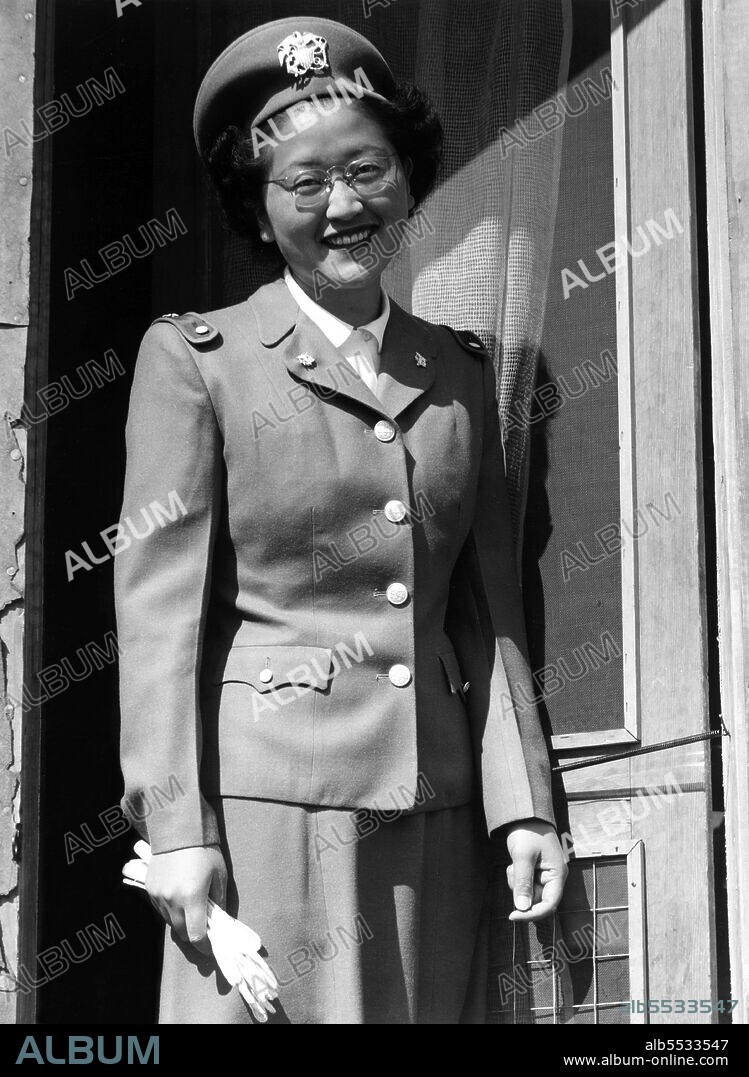alb5533547
USA / Japan: Japanese-American U. S. Naval cadet nurse, Kay Fukuda. Manzanar Japanese American Internment Camp, Ansel Adams,1943

|
Add to another lightbox |
|
Add to another lightbox |



Title:
USA / Japan: Japanese-American U. S. Naval cadet nurse, Kay Fukuda. Manzanar Japanese American Internment Camp, Ansel Adams,1943
Caption:
Manzanar is most widely known as the site of one of ten camps where over 110,000 Japanese Americans were incarcerated during World War II. Located at the foot of the Sierra Nevada in California's Owens Valley between the towns of Lone Pine to the south and Independence to the north, it is approximately 230 miles (370 km) northeast of Los Angeles. Long before the first incarcerees arrived in March 1942, Manzanar was home to Native Americans, who mostly lived in villages near several creeks in the area. Ranchers and miners formally established the town of Manzanar in 1910, but abandoned the town by 1929 after the City of Los Angeles purchased the water rights to virtually the entire area. Since the last incarcerees left in 1945, former incarcerees and others have worked to protect Manzanar and to establish it as a National Historic Site to ensure that the history of the site, along with the stories of those who were unjustly incarcerated there, are remembered by current and future generations.
Credit:
Album / Pictures From History/Universal Images Group
Releases:
Model: No - Property: No
Rights questions?
Rights questions?
Image size:
3600 x 4922 px | 50.7 MB
Print size:
30.5 x 41.7 cm | 12.0 x 16.4 in (300 dpi)
Keywords:
AMERICAN JAPANESE • AMERICAN • AMERICANS • ANSEL ADAMS • ASIA IMAGE • ASIA PICTURES • ASIA • ASIAN IMAGES • ASIAN PICTURES • ASIAN • CALIFORNIA • EEUU • HISTORIA UNIVERSAL • HISTORIA • HISTORICAL IMAGES • HISTORICAL PICTURES • HISTORICAL • HISTORY IMAGES • HISTORY PICTURES • HISTORY • INTERNMENT • ISSEI • JAPAN • JAPANESE AMERICAN • JAPANESE • MANZANAR • NISEI • PACIFIC THEATER • PACIFIC THEATRE • PACIFIC WAR • SANSEI • UNITED STATES • WORLD WAR 2 • WORLD WAR II • WWII
 Pinterest
Pinterest Twitter
Twitter Facebook
Facebook Copy link
Copy link Email
Email

